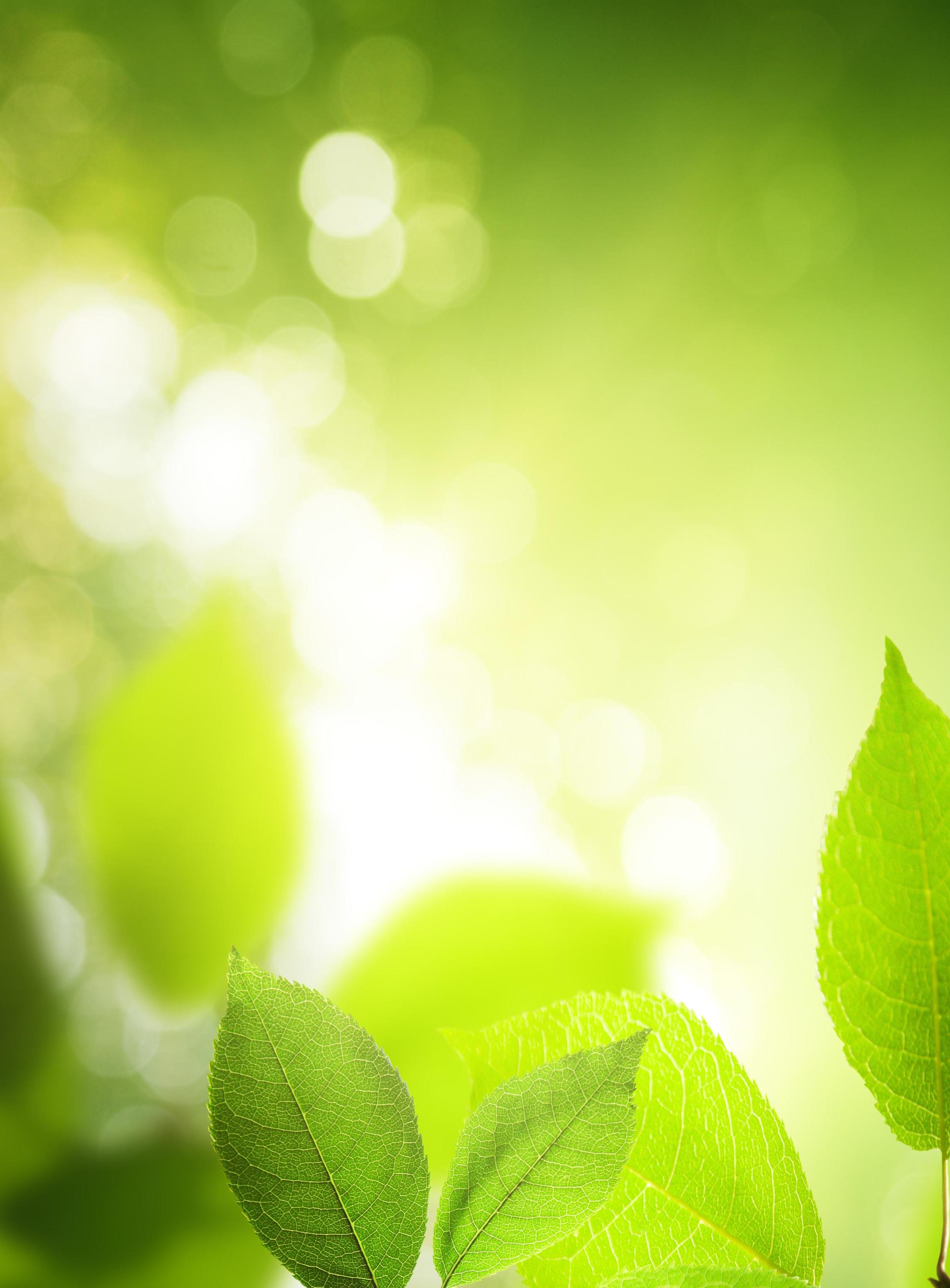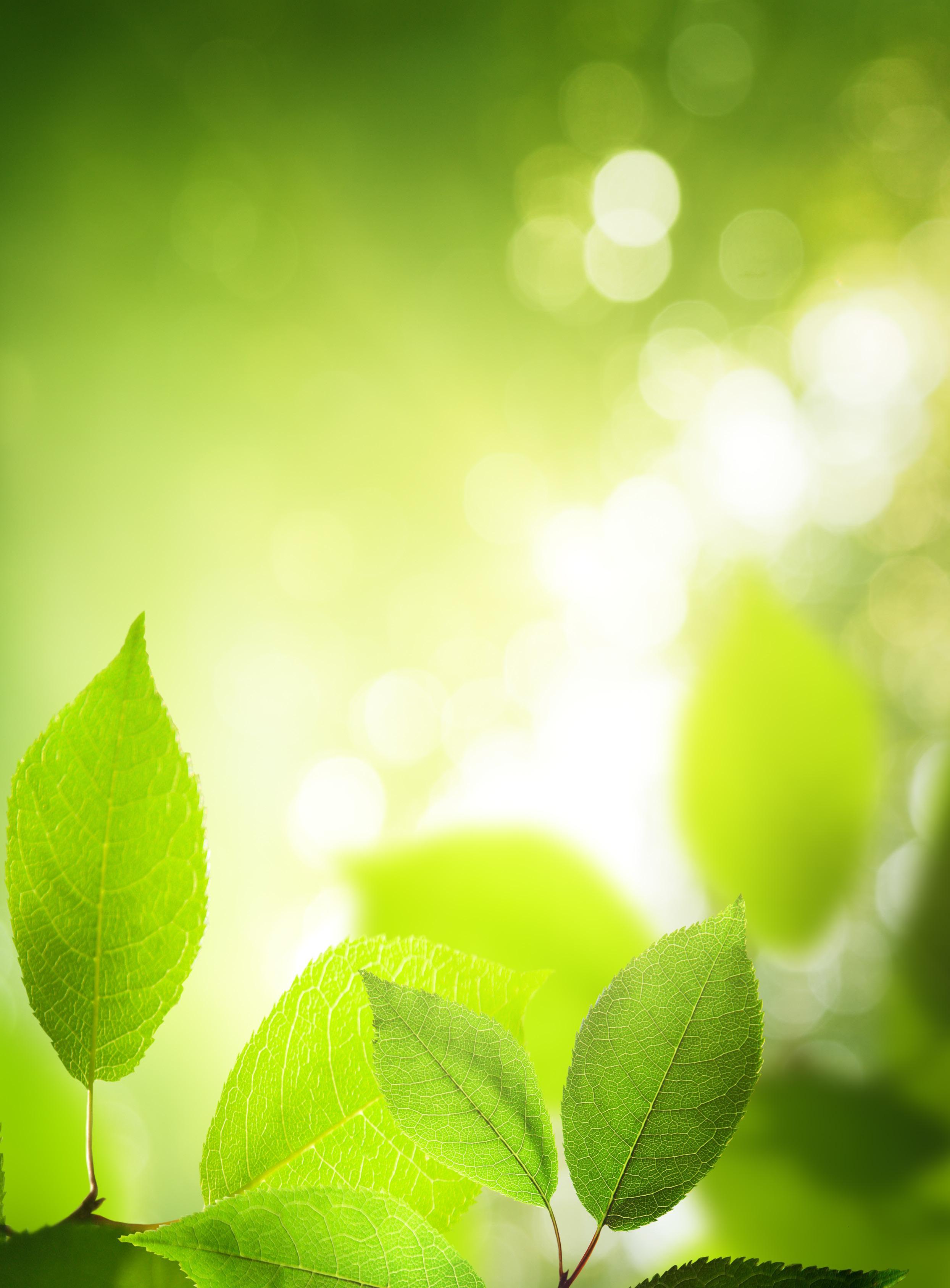
5 minute read
Emotional techniques: Into the Anger
by Hilary de Vries
Anger is a natural emotion. It can be the fire that fuels us. It can give us the impetus we need to instigate change and react to injustices. It can give us strength and see us through adversity, but it can also consume us and cause havoc.
Advertisement
Tadao Yamaguchi in ‘Light on the Origins of Reiki’ says’ Anger hurts you and others’. Reading this may lead us to jump to the conclusion that anger is indeed a bad thing and encourage us to batten such feelings down. After all, who would want to do something that could lead to pain for both ourselves and others? Is suppression the only way?
Qi Gong and Chinese Medicine practitioner Daverick Legget In his book ‘Recipes For Self Healing’ says ‘Turned inwards, anger frequently attacks the joints and disrupts the body’s rhythms or turns to depression or self-destructive behaviour’. In Autogenics it has been observed that clients presenting with various health issues often carry repressed anger. Clearly suppression is not without its dangers.
Also, as already outlined, anger is a natural emotion. If we deny anger we deny part of ourselves, invite different health issues and lose access to its strengths and potential. If anger is natural then it is part of life, and must be worked with. Legget describes anger thus ‘This natural assertive and creative force becomes damaging when it is chronically obstructed’. This statement reflects both anger’s positive and negative aspects, and the need to work with this emotion rather than try to deny it. In Autogenic Therapy- Self-help for Mind and Body’ authors Jane Bird and Christine Pinch say ‘if never allow ourselves to express anger, the impulses are not discharged, but are stored within the body.’ They also recognise that ‘it is worth considering anger as a valuable and positive emotion’, and Walter Lubeck in ‘The Spirit of Reiki’ says ‘Anger can be a tremendously positive source of power’.
Yamaguchi says how ‘very strong anger can be soothed with Reiki.’ He also doesn’t invite us to ignore anger or wish it away but indeed to work with it. Reiki and Chinese medicine may describe the release of emotion in terms of flow, whereas Autogenics refers more to it as something to be discharged, but all treat it as energy. They all also look to achieving balance.
Looking at how other techniques and methodologies approach anger puts anger in a wider context and is useful in returning to how we can look at it in a Reiki context. Viewing anger as something positive may not be what initially comes to mind when reading the first Reiki principle ‘Do not be angry’ or ‘Do not anger’. It seems to offer no way of dealing with the anger we all naturally feel. But when we come from a place of accepting anger as part of life, as part of our experience, it opens up this principle.
We can interpret it as not allowing ourselves to become our anger. Do not be angry,but try to reach a state where we accept the anger, acknowledge it, but we are not the anger. Anger is a feeling, an emotion, not who we are; it is a temporary state. When we identify ourselves as anger, it becomes all-consuming and offers us no way out, no opportunity of achieving balance. When we take that step back, view it as an energy flowing through us, it becomes something we can work with and harness.
A useful technique to try during a self Reiki session is, if we are aware of carrying anger within us, or even if we’re not and assume we are calm, is to ask our hands to guide us to any areas of anger there may be, to make this our intention. If you are more used to working with set hand positions this can be a bit daunting at first, but I encourage you to try it. If letting your hands be guided to the necessary area really doesn’t come naturally to you, another option is to rest your hands comfortably on your lap, palms down, trusting the Reiki to flow where needed and observing any feeling of anger that may arise.
It can be interesting to see where the Reiki guides our hands to, which may not be where we would expect. The aim at this point isn’t to channel the anger, to encourage it to flow or try to consciously work with it, but to be with it. Observe where you feel it, if it comes with colours or sensations or a shape. Don’t try to interpret anything you may experience; take the role of neutral observer. See if the anger changes, settles, starts to move, or reveals more than was first apparent. Again, don’t try to consciously change it, but work with the intention that Reiki will guide the anger in the manner that is right for you.
The causes of anger are many and varied, and beyond the scope of this article, and sometimes can be unexpectedly powerful and difficult. If this is the case with you and you find yourself feeling at all overwhelmed by the experience it is worth seeking out ways of supporting yourself beyond Reiki. This can include exercise, rest, or counselling, for example.
Whether viewed from a Chinese medicine, Reiki or Autogenic perspective, anger can have both a positive and a detrimental effect on the body and mind. Therefore it is a fuel that needs to be used judiciously. Because as much as fires can get out of control, they can also carry us forward and create room for fresh possibilities to grow.
Hilary de Vries is a Master Practitioner, UKRF member and composer/musician based near Inverness in the Scottish Highlands.
References:
Tadao Yamaguchi ‘Light on the Origins of Reiki’ Daverock Leggett ‘Recipes For Self Healing’ Jane Bird & Christine Pinch ‘Autogenic Therapy- Self-help for Mind and Body’ Walter Lubeck et al ‘The Spirit of Reiki’







